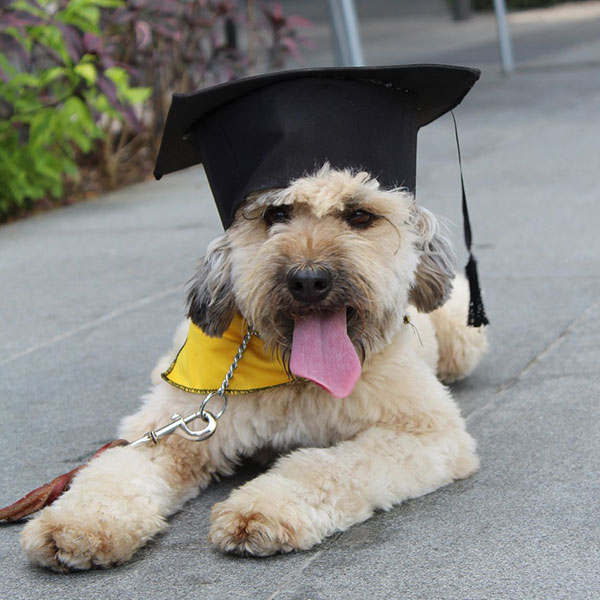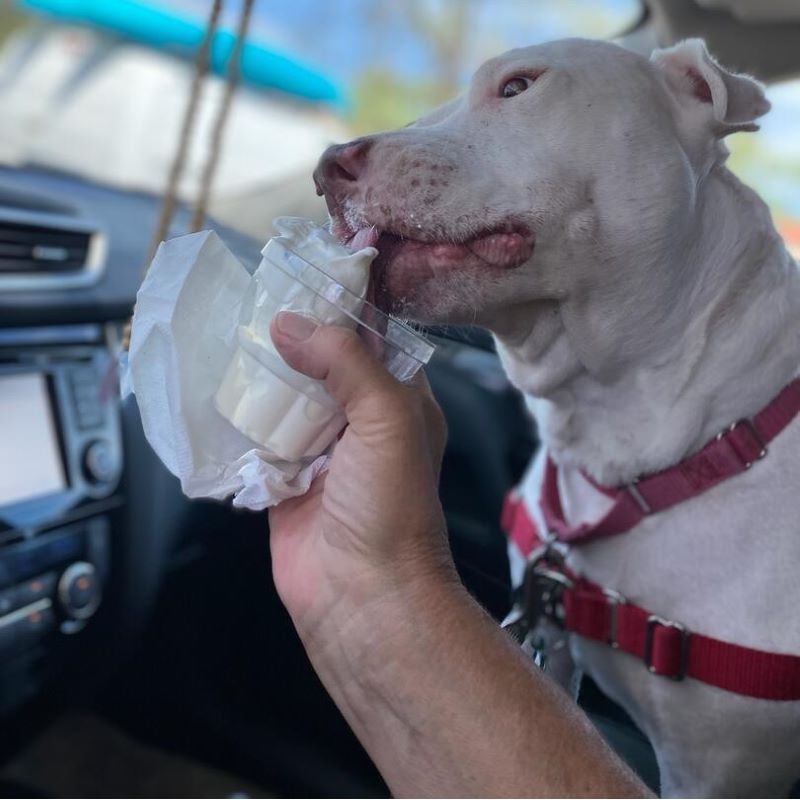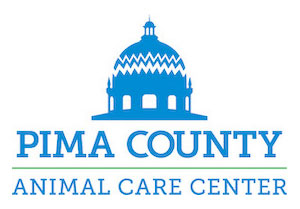Besides having things like fire alarms in your home that are plugged in with fresh batteries, you should also keep fire extinguishers on hand and ensure that they are all-purpose, meaning ABC. Class A is for trash, wood, and paper. Class B is good for liquids and gases. Class C is used for energized electrical equipment. But it isn’t enough to merely buy one and install it someplace easily accessible. Keep track of their expiration dates and replace them or have them recharged periodically.
Another crucial fire safety item all homes should have is a fire blanket for throwing over small fires to keep them from turning into big ones. These specialized and inexpensive blankets work by smothering flames and can be purchased online or at home improvement stores.
Hopefully, you’ll never need them, but here are six practical fire safety tips for all pet owners to take into consideration.
Pet Alert Stickers on Doors & Windows
As scary as it is to think about it, you may not be at home when a fire occurs. Conversely, you may actually be there but have already been adversely affected by smoke inhalation and left dazed or unable to reply promptly or coherently to rescue workers. Regardless, stickers on your doors and/or windows alerting fire personnel to the number and types of pets you have in your home can help them in their rescue efforts.
Microchips with Current Contact Info
Another way to be proactive when it comes to your pets’ safety and well-being is to not only have your pets microchipped but to make sure the contact information associated with the chip is kept up to date. If it’s not current, it’s a lot harder to be reunited with them. Believe it or not, this happens quite frequently. But why would you need one if a fire breaks out? Again, you might not be home. If they’re in your yard when it happens, they will try to retreat from the heat and flames. If they’re inside and released, they will likely panic and run.
Know Your Pets’ Hiding Places
Our pets tend to have their favorite spots to curl up for a comfy nap, play with a toy, get out from underfoot, or even hide when they’re frightened or not feeling well. You must know where all of these spots are so that you can find them in a hurry if need be. The quicker you can locate and remove them in an emergency, the quicker you can flee with them and get to safety.
Work on Recall Training
Recall training is a basic obedience command that teaches dogs to immediately come to you when called. This skill is considered one of the most vital behaviors to teach a dog and can end up saving their life. Reliable recall can prevent your dog from getting hurt in a number of situations, including getting into or eating something they shouldn’t. Look into it.
Practice Pet-Friendly Fire Drills
Periodic fire drills with pets in mind can be another life-saving strategy you’ll be glad you practiced should the unthinkable happen. This is also where your recall training comes into play, and hopefully, you don’t need to check their hidey-holes. Make sure your fire drills include getting their leashes or carriers outside and ready for them and a place in mind for securing them safely away from your home during all the chaos. This can help reduce their stress levels significantly.
Emergency Preparedness Kits
Have an emergency kit preassembled for you and your pets that you can grab on the go, and make sure it’s easily accessible. You don’t want to have to dig for it when time is of the essence. It should include things like proof of vaccinations for your pets, should they be required for lodging or travel, a week’s worth of any medication they may be on, leashes, harnesses, seatbelts, etc., and a small bag of their food.
And don’t forget your own stuff, like important paperwork and lists that include the numbers for your insurance company, doctors, or anyone else you may need to contact. If you’re unsure of what else you might need for your particular situation, you can go to ready.gov/kit for more ideas.











